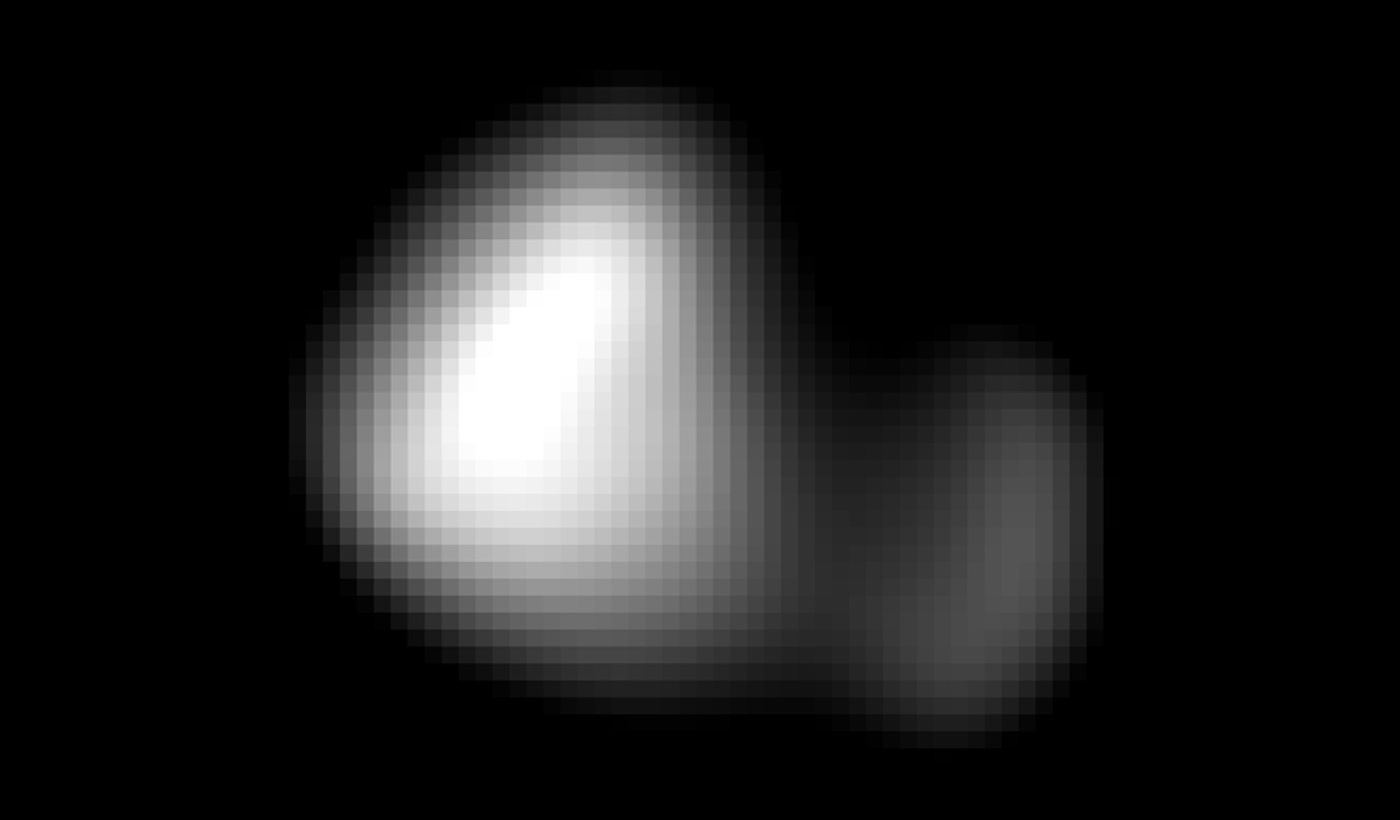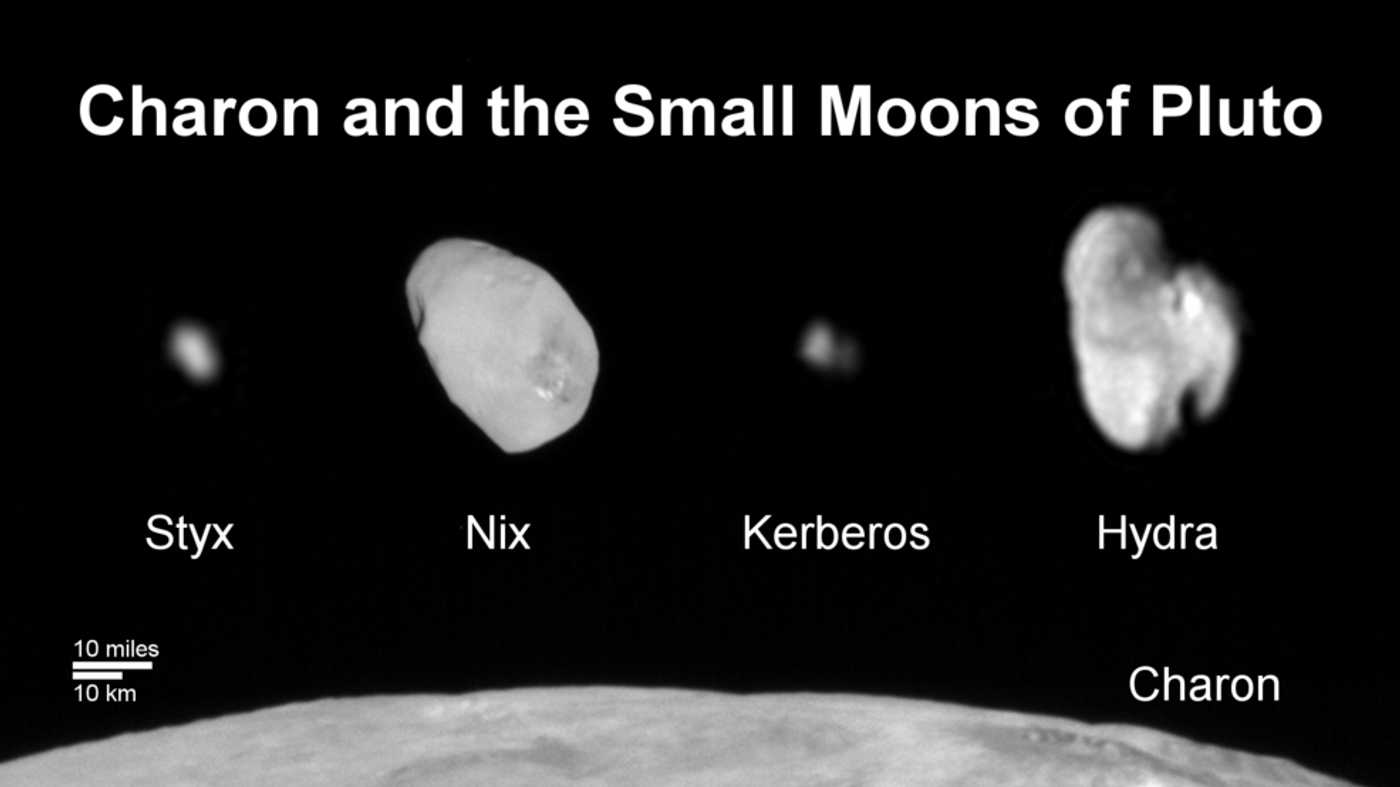New Horizons Sends Back Picture of Kerberos, One of Plutos' Smallest Moons
Although NASA’s New Horizons spacecraft is beyond Pluto now, the spacecraft continues to send back images and information that it collected during the period of the historic Pluto fly-by on July 14th.
Various images released over the course of the last few months have shown us the surface of Pluto, the surfaces of some of Pluto’s largest moons, and even some faint peeks at Pluto’s smallest moons, but the latest share from New Horizons, an image downlinked to Earth on October 20th, shows the closest look at Kerberos, one of Pluto’s smallest moons, yet.

Kerberos is a very tiny moon, only stretching about eight miles wide. The image that New Horizons has sent back of Kerberos appears to show a dual-lobed design, indicating that the moon may actually be the result of the collision of two spatial bodies. NASA says that the larger lobe is about five miles wide, while the smaller lobe is just three miles wide. Comparatively, Pluto's largest moons, Hydra and Nix, are about 25 miles wide.
The small size has taken scientists by surprise. Astronomers have been able to make estimated guesses at the sizes of Pluto’s other moons before the fly-by, and the fly-by seems to have revealed that they weren’t too far off. But as for Kerberos, astronomers say that their estimates were way off.
“Our predictions were nearly spot-on for the other small moons, but not for Kerberos,” said New Horizons co-investigator Mark Showalter, of the SETI Institute in Mountain View, California
What’s more is it was originally thought that Kerberos was significantly larger considering that it had a strong gravitational influence on the moons around it. It was thought that it was difficult to see from the Hubble Space Telescope because it was made out of a dark material, but New Horizons seems to have disproven this theory. Instead, it looks like it’s just a really puny moon with no dark surface to speak of. In fact, it’s very light.

The fly-by mission of Pluto was very successful in terms of the type of information and photographs that we now have of the dwarf planet and its neighboring moons. This information was never as clear and tangible as it is now.
New Horizons is currently flying out into interstellar space, but it will first fly through the Kuiper Belt, which is an asteroid belt far past Pluto. The plan now is to have New Horizons try and fly past a KBO (Kuiper Belt Object) known as 2014 MU69, which is an icy body about 1 billion miles away from Pluto.
During that time, New Horizons will continue beaming back information from its encounter with Pluto and its surrounding moons.
Source: NASA








